27 Jul
Keeping our personal data safe is crucial in the vast digital world we live in every day. The techniques used by cybercriminals to obtain unauthorised access to our accounts are evolving along with technology. In this post, we’ll examine Two-Factor Authentication (2FA), a straightforward but powerful method to improve your online security.
What is Two-Factor Authentication (2FA)?
Our online accounts now have an additional layer of security thanks to Two-Factor Authentication, or 2FA for short. With 2FA, you must provide an additional piece of information to verify our identity in addition to your password. It feels like we’ve locked our digital door twice.
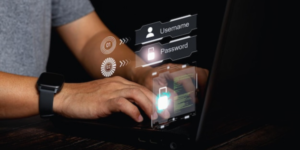
What Is the Process of Two-Factor Authentication?
Imagine our password as the key to our house. With 2FA, we add another layer of security by introducing a second key. This backup key may be in the form of a fingerprint scan or a temporary code that is texted to your phone. Therefore, access would still require the second key even in the event that someone managed to obtain our password.
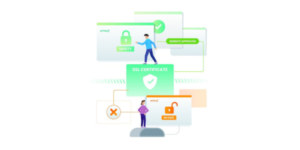
Why Should We Use Two-Factor Authentication?
Similar to using a seatbelt, maintaining online security may not seem important until you really need it. There is a much lower chance of unwanted access to your accounts when you use 2FA. It serves as a safeguard, stopping possible security lapses even in the event that your password is stolen.
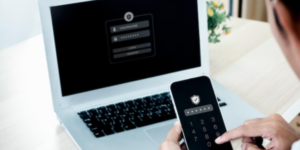
Easy Ways to Put Two-Factor Authentication Into Practice
Receiving a text message with a code is one of the most straightforward methods of two-factor authentication (2FA). You’ll receive a text after entering your password that contains a temporary code that you must enter to finish the login process.
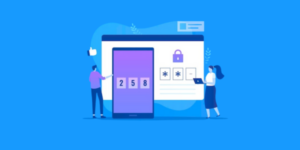
Apps for authentication:
Time-sensitive codes can be generated by simple-to-use apps such as Authy or Google Authenticator. By syncing with your accounts, these apps offer an additional degree of security without requiring a continuous internet connection.
Email Verification:
A few systems provide 2FA via email. An email with a verification link is sent to you once you enter your password. Verifying your identity requires clicking the link.
Biometric authentication:
A lot of contemporary gadgets can authenticate users using biometric methods like face or fingerprint recognition. This includes an additional layer of security unique for us.
Benefits of Two-Factor Authentication
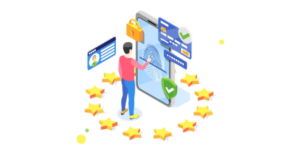
Enhanced Security:
The primary benefit is obvious – better security. With 2FA, even if someone knows our password, they would still need the second form of identification.
Protection Against Phishing:
Phishing attempts, where attackers trick us into revealing our password, become less effective with 2FA. Even if we unknowingly give away our password, the second factor adds a crucial layer of protection.
Peace of Mind:
Knowing that our accounts have an extra layer of defence provides peace of mind. We can browse, shop, and communicate online with greater confidence.
Common Misconceptions About Two-Factor Authentication
It’s Complicated:
In contrast to popular opinion, 2FA is not difficult. The majority of platforms have easy-to-use settings, and setting them up is frequently simple.
Exclusive to Tech Professionals:
Everyone is eligible for 2FA. Setting it up doesn’t require us to be a tech wizard. The user interfaces are made to be universally usable.
It Takes Too Long:
In actuality, adding 2FA to our login process only takes a few extra seconds. The momentary inconvenience is negligible in comparison to the greatly enhanced security.
In conclusion: A Quick Guide to a Safer Internet Environment
Protecting our digital lives becomes increasingly important as we spend more time online. Adding Two-Factor Authentication to our online security is an effective way to strengthen it without falling down in intricate details. We are strengthening our online presence and making it much harder for unauthorised users to access our personal information by adding this additional layer. In order to gain advantages from a safer and more secure online experience tomorrow, take the little step today.
